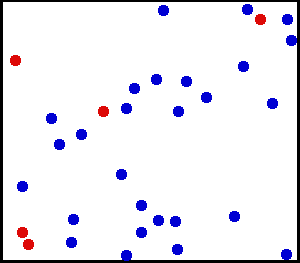Am I right in inferring that you did not read yet the document that I quoted in #51?
In the video, the denser gas is at the bottom at the beginning, it doesn't collect in low spots, and in the short run it mixes because the gas particles have this running behaviour.
But LPG does collect on the ground, from wherever you let it leak. If the ground is ventilated the gas is dispersed (because the air is disturbed by the "wind") if the ground is not ventilated the gas just sits on the floor and stays there. Even at 10 cm there is a much higher concentration than at 30 cm, as the paper shows experimentally, and "on the ground" there is more gas than at 10 cm. It really stratifies very much.
There is a picture where the behaviour of LPG is shown with some dry ice, which again has the same behaviour of LPG and sits in a very convincing way on the floor.
I don't ask you or anybody to "believe", but to understand the matter without preconceptions and prejudices. You might find that the laws of gas that you quote do not always apply in real world and in real situations (or in real bottle necks).
It isn't because air is disturbed by wind, it's because gasses mix homogeneously. The same effect will happen in a windless bubble full of air. If you inject LPG, it will initially fall and then eventually mix and remain mixed forever

















![Craft A Brew - Safale S-04 Dry Yeast - Fermentis - English Ale Dry Yeast - For English and American Ales and Hard Apple Ciders - Ingredients for Home Brewing - Beer Making Supplies - [1 Pack]](https://m.media-amazon.com/images/I/41fVGNh6JfL._SL500_.jpg)








































